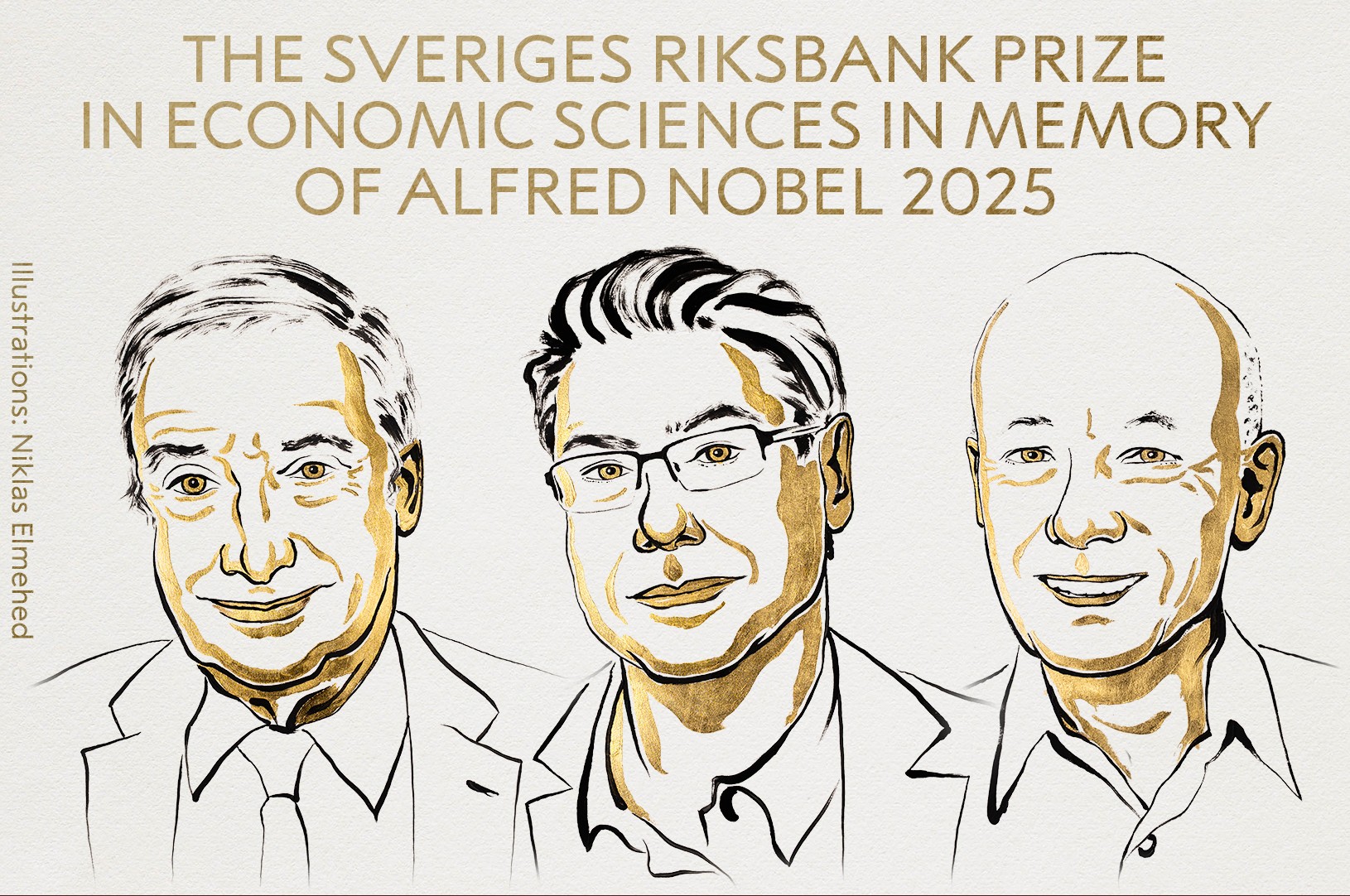To hesitate is not to fail: managing uncertainty to innovate better

Entrepreneurship opens up uncomfortable questions: how to finance the next milestone, what happens if the MVP doesn't fit, when to pivot and when to hold on. These doubts are not an inevitable obstacle; they are fuel if properly addressed. The objective is not to eliminate them, but turn them into actionable information. When uncertainty becomes visible, measurable and shareable, the speed of learning increases and innovation advances with less friction.
The key is to change the relationship with doubt: to stop seeing it as a symptom of weakness and to understand it as a sign that we are exploring the unknown. Each question is an opportunity to design an experiment, validate a hypothesis and reduce risk before committing resources. Innovation is not about eliminating uncertainty, but about managing it methodically so that it becomes a competitive advantage.
Why doubt can fuel innovation
What if we told you that doubt can become useful? As you move from a fuzzy feeling to a verifiable statement, the conversation changes. It is no longer a matter of convincing by intuition, but of designing a test that provides evidence. Uncertainty is not an enemy, it's an undrawn map. Each uncomfortable question points to an area where information is lacking, not where capacity is lacking. When teams learn to formulate these doubts as hypotheses, the conversation stops revolving around opinions and begins to revolve around experiments. This cultural change is what separates improvisation from systematic learning.
Making the complex small can be one of the objectives in the midst of a sea of doubts. Before building, before promoting, we can use measurement tools such as a “smoke test” that presents the value proposition and collects qualified records; before automating, the service can be offered in a “concierge” way to observe real use and friction; before setting a price, a sensitivity test can be carried out with different scenarios and benefits.

Experimental funding: more validation, less risk
Funding deserves an equally experimental and orderly approach. It's not a lifesaver, it's an accelerator. Foreign capital doesn't replace validation, it accelerates it when it already exists, so you should first explore early revenues through paid pilots, well-designed pre-sales or revenue sharing agreements with partners. In parallel, instruments such as grants, income-based financing or factoring lines alleviate cash tensions without excessive dilution. Every euro invested before validating hypotheses multiplies the risk. That's why paid pilots and pre-sales aren't just early earnings: they're market tests that strengthen the narrative in front of investors and reduce dependence on speculative capital.
Mentoring and Communities: Infrastructure for Learning
Adequate support reduces learning curves and avoids mistakes that others have already made. A useful mentor is not an oracle, he is someone who illuminates blind spots because he has seen similar patterns, and his contribution multiplies when given context, metrics and a specific question. A small quarterly advisory board, with managed conflicts of interest, helps to stay the course without taking the helm. Equally valuable are peer communities: incubators, industry forums and operator groups where they can share process templates, conversion benchmarks or lessons of failure. These networks are not a social accessory; they are learning infrastructure and, often, a disguised distribution channel.
So that all of the above does not depend on the mood of the day, a decision-making system is needed that protects speed without sacrificing rigor. Practicing pre-mortem before each initiative requires us to imagine why it might fail and to design mitigations in advance; keeping a brief record of decisions preserves the context that is lost in urgency; scheduling biweekly hypothesis reviews ensures that experiments end and that conclusions become product, message or process changes.
That is why it is important to measure progress by learning, and not just by income, it prevents confusing activity with progress: ratio of useful interviews, time from hypothesis to evidence, percentage of closed tests according to plan and rate of invalid assumptions are indicators that correlate with survival.

Caring for the team: resilience as a strategic advantage
Finally, managing doubts without holding back innovation requires taking care of the human system that sustains them. Teams that rest, that can disagree without retaliation and that have spaces to process pressure, make better decisions and keep curiosity intact. Resilience is not putting up with it, it's building conditions so that the error appears soon, is understood quickly and is corrected without fault. Entrepreneurship will continue to awaken uncertainties, but when they become hypotheses, tests and shared learning, they cease to be a brake and become an impulse. This is the area where innovation ceases to be a slogan and becomes a method.


.png)
